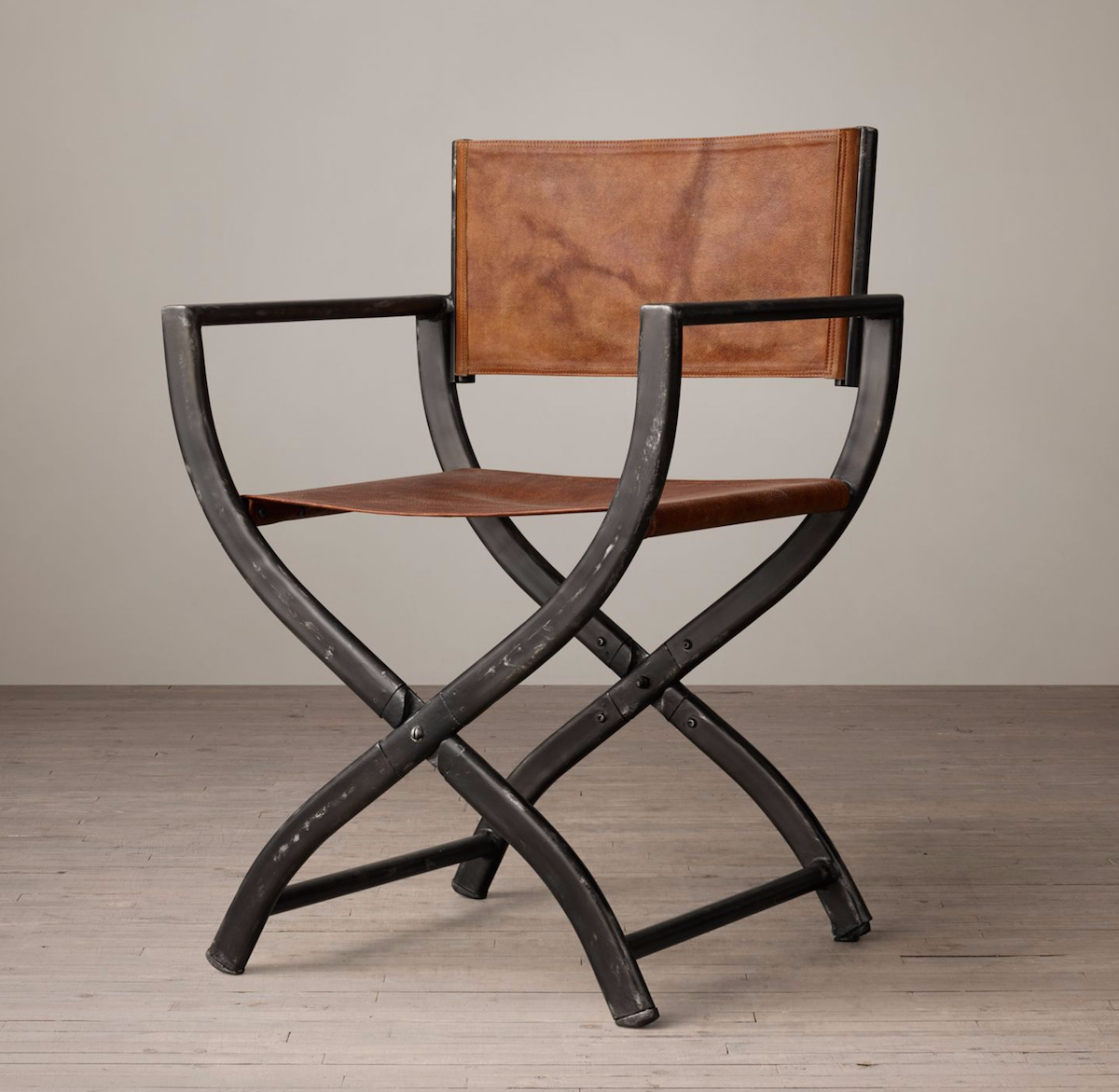Design and Construction: Antique Leather Directors Chair

Antique leather directors chairs are renowned for their robust construction and timeless elegance. They embody a blend of practicality and aesthetic appeal, reflecting the craftsmanship and design sensibilities of their era.
Construction Methods and Materials
The construction of antique leather directors chairs typically involves a combination of traditional joinery techniques and durable materials. The primary components include a sturdy frame, often crafted from hardwood like oak or walnut, and a comfortable leather seat and back. The frame is typically assembled using mortise and tenon joints, which provide strength and stability. The legs are often splayed for added stability and feature decorative turnings or carvings. The seat and back are usually made from high-quality leather, chosen for its durability and comfort.
Unique Features and Design Elements
Antique leather directors chairs are characterized by several distinctive features that set them apart from other chair styles. These include:
- Folding Design: Antique leather directors chairs are known for their folding design, which allows for easy storage and transport. This feature was particularly useful for directors and other professionals who needed to carry their chairs to various locations.
- Leather Seat and Back: The use of leather for the seat and back adds a touch of luxury and comfort. Leather is a breathable material that conforms to the body, providing a comfortable seating experience even during long periods of use.
- Decorative Elements: Antique leather directors chairs often feature decorative elements such as carvings, inlays, or brass accents. These details add a touch of elegance and craftsmanship to the chair’s overall design.
- Sturdy Construction: Antique leather directors chairs are built to last, with a sturdy frame and durable materials. The use of traditional joinery techniques ensures that the chair can withstand years of use.
Significance of Leather, Antique leather directors chair
Leather plays a crucial role in the design and functionality of antique leather directors chairs. Its durability, comfort, and aesthetic appeal make it an ideal material for these chairs.
- Durability: Leather is known for its resilience and resistance to wear and tear. This makes it an ideal material for a chair that will be used frequently and transported to various locations.
- Comfort: Leather conforms to the body, providing a comfortable seating experience. Its breathability also helps to prevent sweating during long periods of use.
- Aesthetic Appeal: Leather adds a touch of luxury and elegance to the chair’s overall design. Its natural texture and patina develop over time, giving the chair a unique and timeless character.
Antique leather directors chairs, often crafted with intricate details and durable construction, represent a bygone era of craftsmanship. Their rich patina and timeless design often evoke a sense of history and elegance. A similar aesthetic can be found in the oxblood leather club chair , which captures the essence of classic design with its deep, luxurious color and plush upholstery.
While antique directors chairs may be valued for their historical significance, both styles offer a sophisticated and enduring presence in any space.
Antique leather directors chairs, with their distinctive folding design and often intricate carvings, represent a bygone era of craftsmanship. These chairs, while aesthetically pleasing, lack the versatility of a single leather chair bed , which seamlessly transitions from a comfortable seating option to a compact sleeping space.
The single leather chair bed, however, lacks the historical significance and inherent charm of the antique directors chair, making each piece a unique testament to different aspects of design and function.